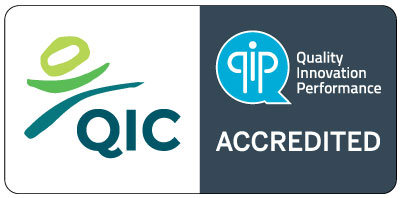Leaving an abusive relationship is never easy, and in many situations, it can also be unsafe. It often takes bravery, support and planning to leave an abusive environment.
A domestic violence safety plan can help protect you and your family and allow you to act on the plan quickly if the situation becomes urgent.
Pack an emergency suitcase
Leave a packed bag in a safe, hidden place – or with a trusted friend or family member. Gather the essentials including:
- important documents such as identification, insurance documents, lease/rental/mortgage documents, Medicare card and Centerlink information
- clothing and person hygiene items
- medications
- sentimental items
- cash and debit/credit cards.
Utilise security features when using technology
When it comes to technology and your safety, trust your instincts.
- switch off any location service features on your mobile phone
- use a private browser or incognito window when browsing the internet – particularly when researching support services or alternate accommodation
- change passwords for accounts including social media, online banking and email
- set social media accounts to private and block your abuser where necessary.
Seek and accept support
It can be scary confiding in others but it is important that someone you trust knows about your situation to provide emotional support as well as potentially act as a witness.
Include your children
If you are a parent, it is important to discuss your safety plan with your kids (if they are of an appropriate age).
- help them to identify a room in the house where they can feel safe
- choose a code word that lets them know it is time to leave
- teach them how and when to contact family, friends or neighbours as well as 000 for emergency services
- practice what they should say if they need to report violence.
Engage with professional supports
Reach out to experts who can support you to safely move forward, protect yourself and protect your family.
- it’s important to prioritise your emotional wellbeing – our experienced counsellors can support you to process your experience in a safe environment
- seek legal advice – you can start this process through Legal Aid or a community legal service.
Other support services:
- 1800RESPECT: 1800 737 732
- DVConnect Womensline: 1800 811 811
- DVConnect Mensline: 1800 600 636
- Sexual Assault Helpline: 1800 010 120
- Kids Help Line: 1800 55 1800
- Lifeline: 13 11 14





